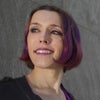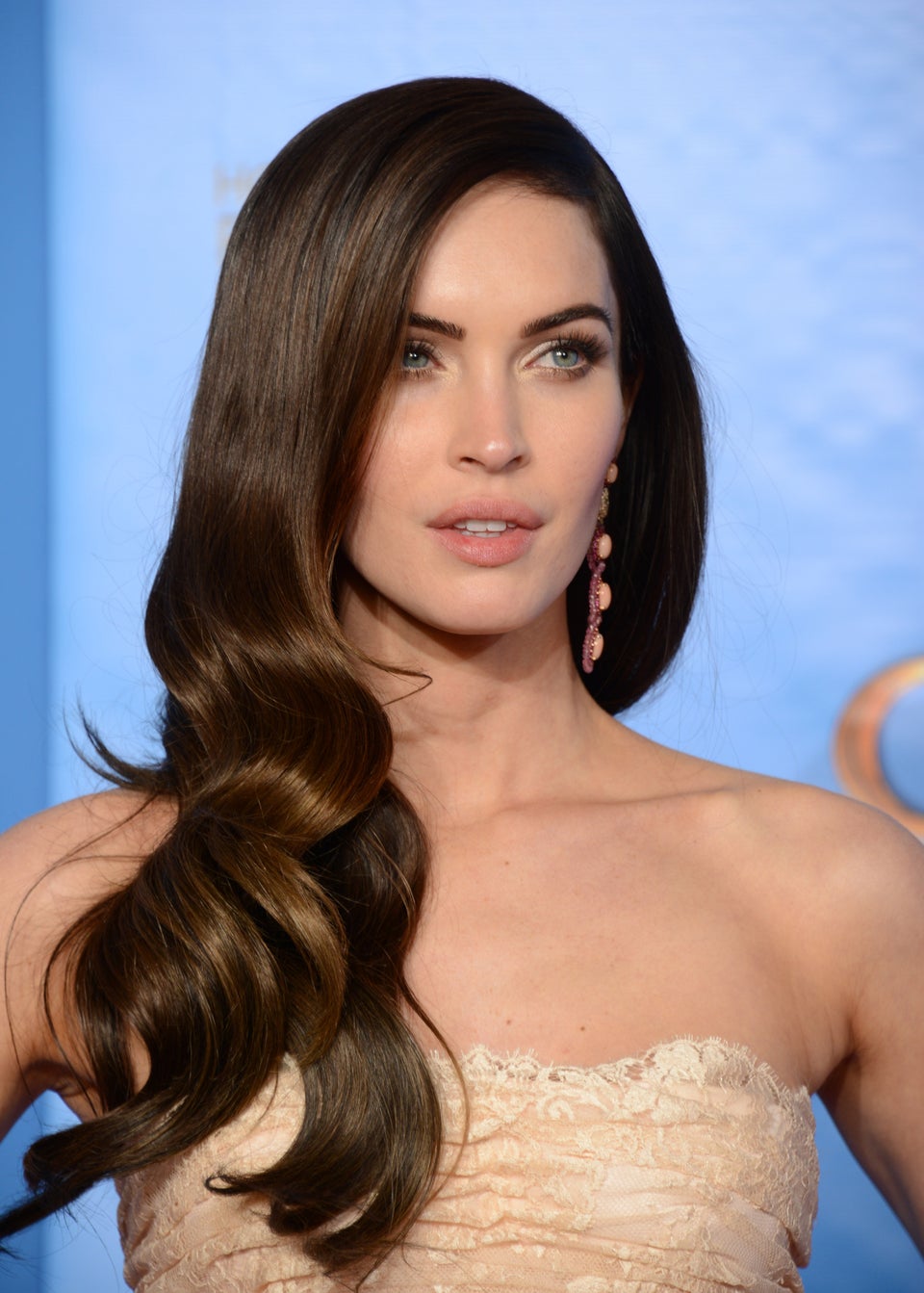I am a proud bisexual polyamorous transgender woman. Those are all identities I have had to fight for, and the journey to embracing each of those identities has been intertwined. Bisexuals have often been my lovers, closest friends, role models and allies. And that is why it's important to me, this Bisexual Awareness Week, to tell my story, and to celebrate theirs.
Bisexual was a label placed on me before I was even able to consciously embrace it on my own terms. Early in high school the only way I knew how to describe an identity that did not fit into a neat little box was to explain my gender identity in terms of sexual orientation. I did not know what transgender was, and even when I began to get a glimmer of what it was, I did not understand that there was a difference between gender identity and sexual orientation.
While I did not have any out transgender role models in high school, I did develop a group of friends who were primarily bisexual and queer. Many of them were also gender non-conforming and I often found myself attracted to non-stereotypical forms of gender expression. My first dating experiences were with women who then -- or later -- identified as bisexual, pansexual, or fluid. I did not feel pressure to always play the "masculine" role in these relationships, and they accepted my interest in playing with my gender expression. I fondly remember when my girlfriend my senior year encouraged me to dress up with her to see a "Rocky Horror Picture Show" production.
It wasn't until my sophomore year of college that I first attended an LGBTQ student group. While participating in this group, I suddenly felt a strong pressure to identify and "prove" I was part of the LGBTQ spectrum. I internalized the false notion that, even though I'd experienced attraction to people of different genders, I had to have sexual experiences with men in order to "actually" be bisexual. As I began dating guys, the only men I found interested in me identified as gay. Unlike the bisexual women I'd dated, I felt an extreme pressure from them to act masculine and identify as male, including once when I was violently rejected by a gay man for being gender non-conforming. It was a painful example of the femme-phobia in the gay community that many gay and bisexual men have written about.
As a result of these negative experiences, I started feeling there was not a place for myself in the LGBTQ community.
However, I soon found I was not alone in this feeling of not fitting in. Within a year, alongside several other "misfits" from the campus LGBTQ group, I helped co-found a bisexual group at my college. We called ourselves "NOTA," which stood for "None of the Above." It was our tongue-in-cheek way of expressing how we didn't feel we fit into the labels of gay or straight -- and often, for that matter, male or female. NOTA was our safe space to just be ourselves.
We talked about how hard it was to hear from friends and parents that we were "confused" about our sexual orientation, that we'd "figure it out," or the right man or the right woman would come along and we'd have to "make a decision." I had space to talk about being attracted to certain forms of femininity, regardless of the gender of the person expressing it.
We also talked about slut-shaming, polyamory, the book The Ethical Slut and sex-positive queer feminists like Tristan Taormino -- who had recently visited our campus. NOTA was also the first place I met a guy who I fell for in an emotionally meaningful way. He had long hair and a lanky, almost feminine body. Dating him felt even more comfortable in that we both identified as polyamorous and were both openly dating other people at the time. This may have put put less pressure on both of us to be "the one."
As I began to express my gender identity as female, my friends in NOTA were the first people I ever asked to call me by female pronouns, and they were not only incredibly accepting, they were some of my biggest emotional supporters throughout my transition.
However, after I graduated from college and moved to DC, it was my first time living as female where people were not aware of my past. My identity went through a new, challenging transformation as a result. My closest friends were part of the DC lesbian community, and I put a lot of effort into trying to fit in. It was difficult because of a lot of trans-misogyny that often exists in lesbian spaces, and I over-compensated to "prove" I was a queer woman. In addition, I had some very bad experiences with men. All this led to me pushing any kind of bisexual identity aside.
One thing that helped me break out of that was being an organizer of the first Slutwalk DC. Both bisexuals and polyamorous people are often ignorantly labeled as "sluts," so it helped that the other organizers of Slutwalk DC identified as bisexual, and many of them identified as polyamorous as well. It was a liberating experience to rediscover a community like I had in college.
This was also one of my re-entry points into LGBTQ activism. I started writing and publishing about LGBTQ issues, including coming out as transgender in a roller derby magazine. The new visibility and confidence as a queer woman helped me re-claim and explore my identity. Within a couple years I also began working at the National LGBTQ Task Force, which connected me with even more of the bisexual community, and helped me reclaim my identity.
Recently I've begun dating an amazing bisexual man whose been one of the most accepting and affirming people I've ever been with; and I know, the both of us being bisexual has made a world of difference. I also have a loving bisexual woman for a partner. My relationships with both of them have been built on trust, communication and shared understanding of our identities.
I am a bisexual woman, and being understood that way meant a world of difference. However, I needed to accept my gender identity before I could fully explore and accept my sexual orientation. It is incredibly freeing to be able to date or fall in love with someone of any gender without a sense of social expectations or coercion. I have been able to embrace the full range of my sexuality, and that is so empowering. And I want to claim that space as a visible, out, bisexual, polyamarous transgender woman because there are young people asking the same questions I did 15 years ago.
This time, however, I want there to be bisexual role models.
More on HuffPost:


